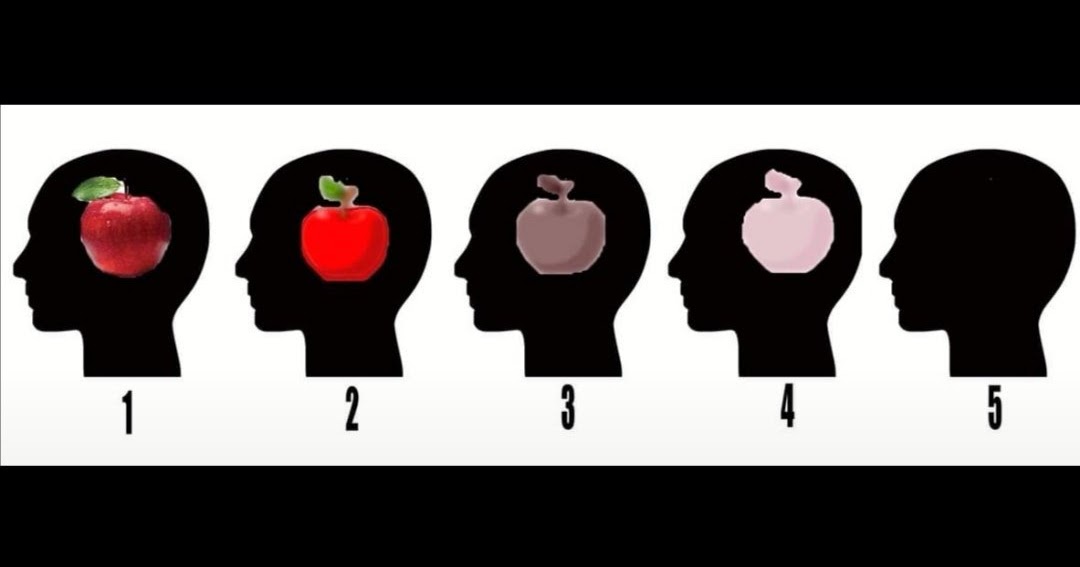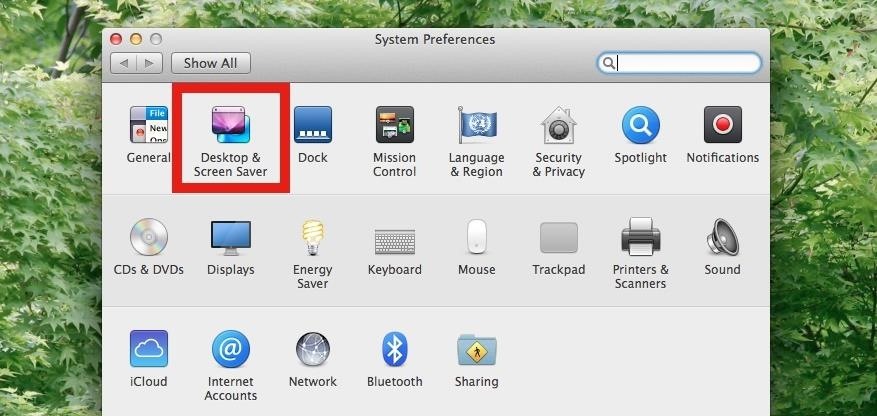


- #Visualize an apple install#
- #Visualize an apple full#
- #Visualize an apple pro#
- #Visualize an apple free#
As you might expect for a clean-up utility, you can remove files to free up space, such as large unwanted ones.ĬleanMyMac X ( affiliate link) is not free, but Space Lens is just part of a much larger disk toolkit with many cleanup and optimization utilities. Ctrl+clicking items in the folder/file list or graphic enables you to open Finder at that location or use Quick Look to view an item. There is a folder and file listing in the middle column in addition to the visual explorer on the right. It is different and unique and you may prefer it to the other methods. Eventually, there are no more subfolders and files are displayed in the circles. The larger the circle, the more space the folder uses and the largest ones have the largest icons.Ĭlick a circle and it opens the folder and updates the display to show the largest items in circles again. The app is a multifunction toolkit that performs many disk-related tasks and browsing the disk visually is just one.Īfter selecting Space Lens in the sidebar and performing a quick scan of the disk, the largest folders are displayed on the right as circles within circles. 3 CleanMyMac XĬleanMyMac X offers another way to view the contents of the disk and see what is using up all the space. Disk Space Analyzer is a very nice app and it is recommended.Īffiliate link: If you like this utility from Nektony, you’ll like MacCleaner Pro. There is also a folder and file list in the right-hand column and folders can be double clicked to drill down and see what is using the space. Quick Look works, so when you find a big file, like a video for example, select it and press spacebar to view it. Subfolders appear as sectors and you can click them to drill down until you get to files. It is easy to see what is using the most space.ĭouble click a sector and the space map is redrawn using that folder as the starting point. Let the mouse hover over a colored sector and the folder name and size is displayed. This scans the selected item and builds a circular space usage map in the middle.Įach colored sector is a folder and the size represents the amount of disk space used. Select a drive or partition and then click the arrow button next to it. Start the app and on the left is a list of drives and partitions, in the middle is a colored wheel and on the right are folders. (There are several similarly named apps in the store, so make sure you get the right one.)
#Visualize an apple pro#
There is a paid Pro version with more features, but the free version is excellent and is all you need.
#Visualize an apple install#
This is a great utility and it is in the Mac App Store, so just search for the name and install it. It is OK, but you may prefer the following utilities, most of which are free. Select Documents and then click the tabs to see different types of content, like downloads or large files. Select the type of disk content in the first column and a detailed view of what is using all the space is displayed on the right. Let the mouse hover over a colored section in the bar and the type of content and the space used is displayed.Ĭlick the Manage button and the space usage is displayed in a table. Colors are assigned to different types of content, like documents, apps, photos and so on. If the disk has partitions, you will see bars for each one. Select the Storage tab and the disk usage is displayed as one or more bars. It is all storage and it is easier just to call everything a disk even though it’s not actually a round disk these days.) 1 About This MacĬlick the Apple logo at the left side of the menu and then click About This Mac. (When I talk about disks, I include solid state drives, hard disk drives and hybrids. Here are five visual disk space explorers that map the storage. A picture is worth a thousand words and it is also good for showing gigabytes of storage too. It is not easy to find unwanted large files in Finder, but there are some great utilities for exploring the disk and viewing space usage visually. Maybe not exactly junk, but there are probably big files using up a lot of space that you could either delete or at least move to external storage to free up space on the internal drive.
#Visualize an apple full#
The internal storage in Macs is not easily removed or replaced and it may be impossible on some models, so what should you do if you are short of storage space? External drives are one solution, but before you go down that route, are you sure the internal drive is not simply full of junk? Some users even run out of space on 512 GB drives because of the size of video and photo collections these days. If you have huge drives in your Mac, you probably aren’t concerned by the amount of space used, but many Macs have been sold with 128 and 256 GB drives. Do you look at your Mac’s drive and wonder what is using all the disk space? It is hard to see in numbers like gigabytes and megabytes, so here are four visual utilities to show disk usage.


 0 kommentar(er)
0 kommentar(er)
